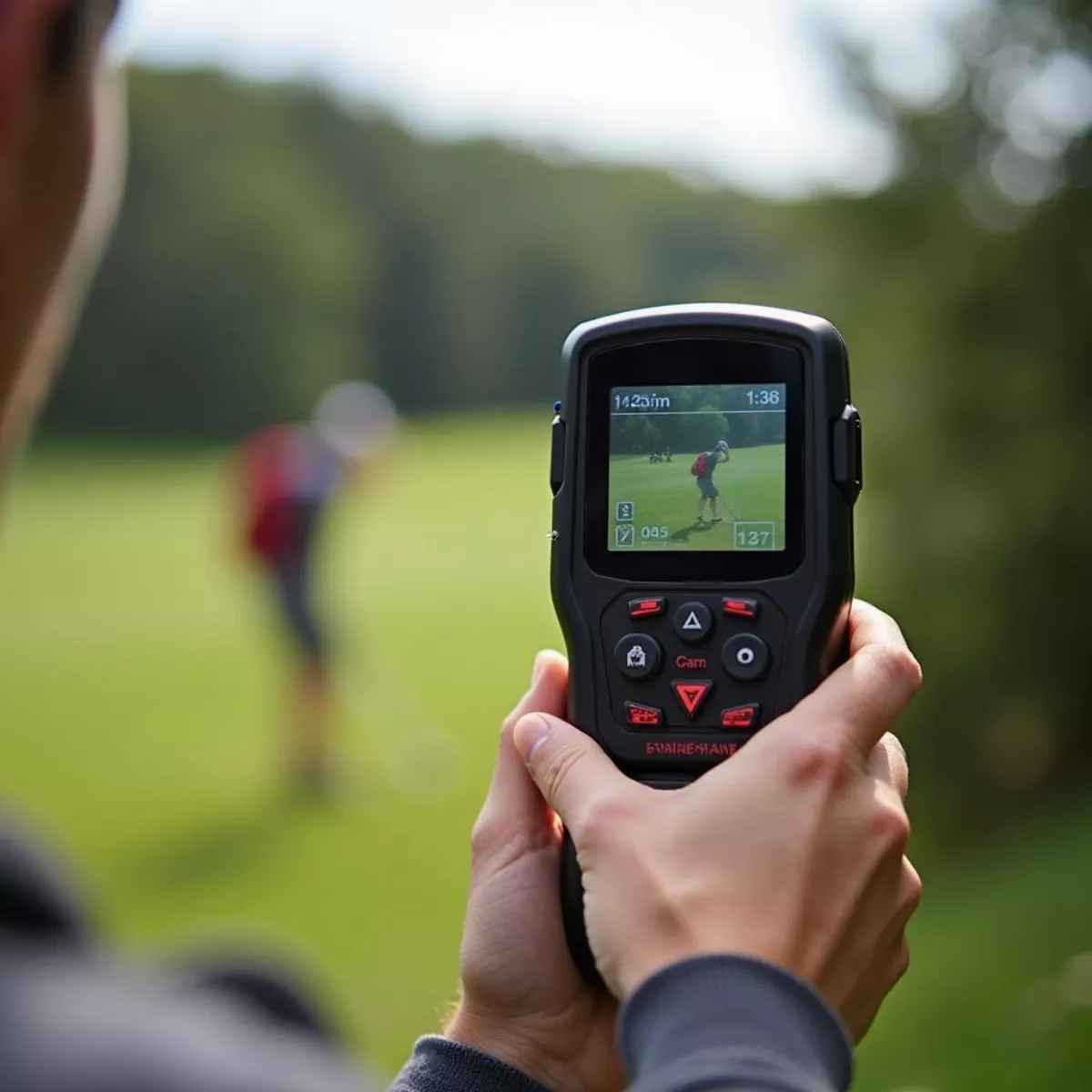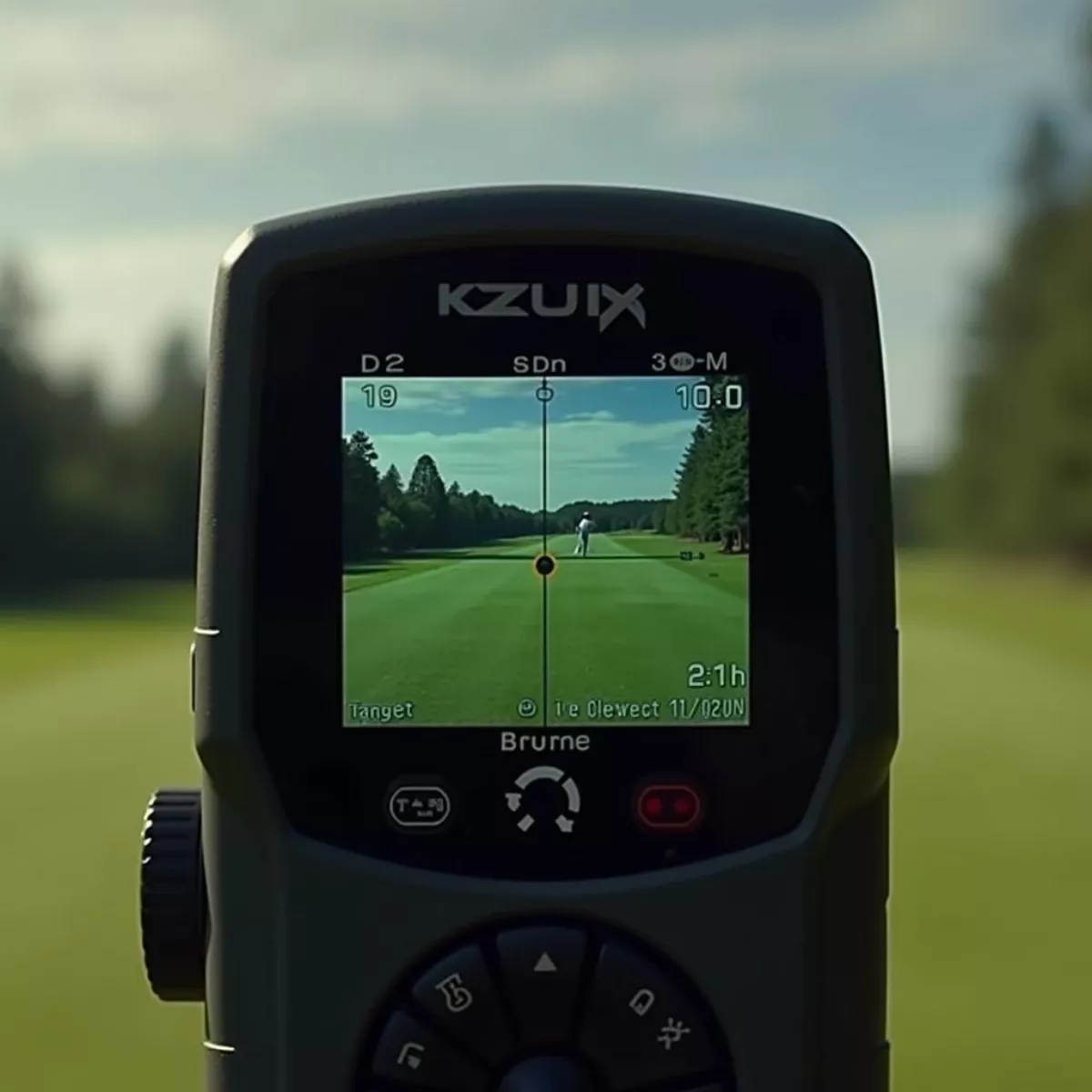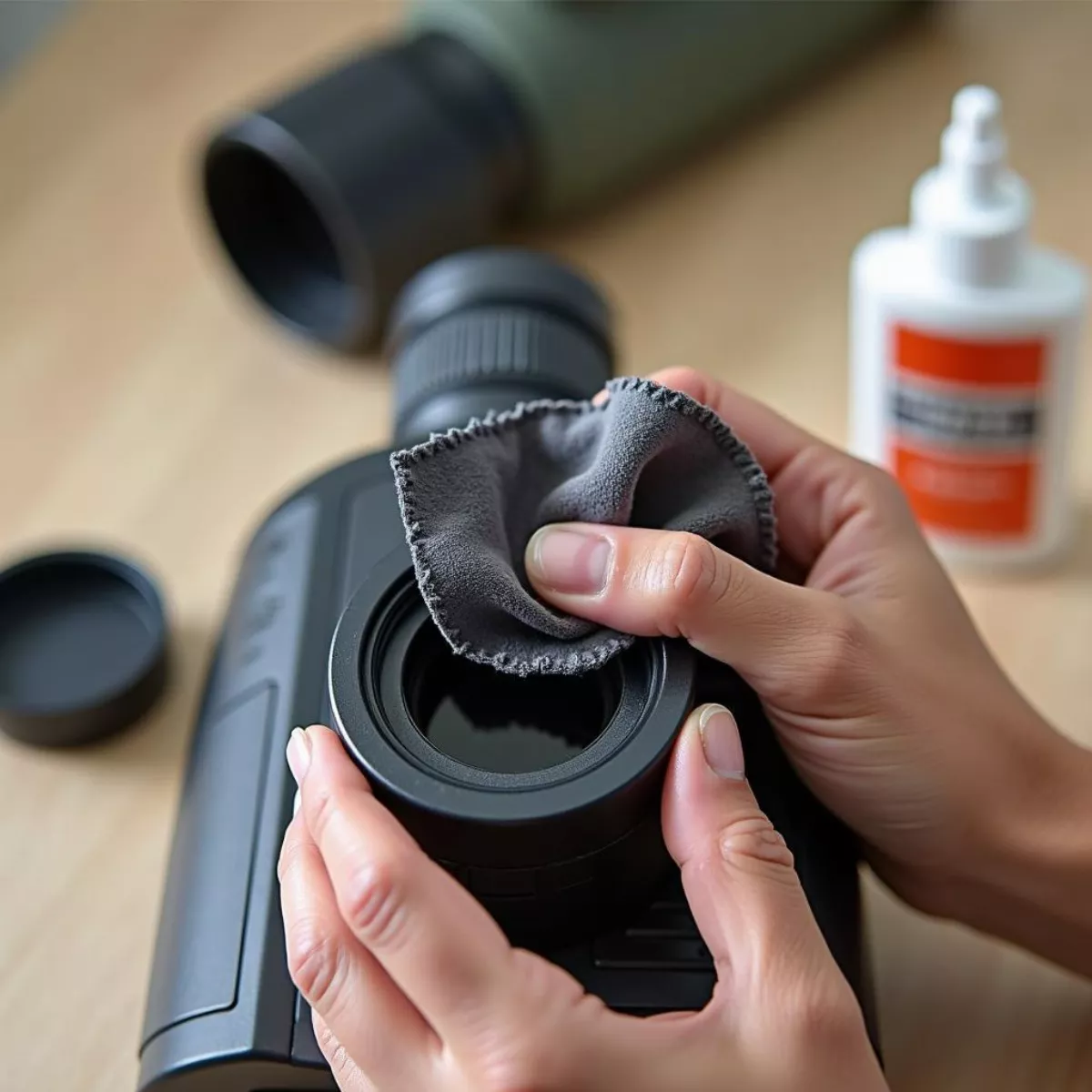Introduction
Using a range finder can significantly enhance your outdoor activities, whether you are a golfer aiming for a perfect swing, a hunter tracking game, or a hiker ensuring you stay on course. With technology evolving, these devices have become easier to use and more accessible. In this guide, we’ll dive deep into how to effectively use a range finder, ensuring you make the most of your outdoor adventures.
What is a Range Finder?
A range finder is a device that measures the distance from the user to a specific target. These devices come in various forms, including laser, GPS, and ultrasonic models. They have applications in hunting, golfing, surveying, and even sports.
Types of Range Finders
-
Laser Range Finders
- How They Work: Emit a laser beam that reflects off a target and measures the time it takes to return.
- Pros: Highly accurate, good for long distances.
- Cons: Limited effectiveness in foggy or heavily wooded areas.
-
GPS Range Finders
- How They Work: Utilize satellite signals to determine distance.
- Pros: Great for covering large areas without line of sight.
- Cons: Less accurate for short distances and can be slow to update.
-
Ultrasonic Range Finders
- How They Work: Use sound waves to measure distance.
- Pros: Useful in close quarters, such as home improvement or craftsmanship.
- Cons: Not ideal for long distances or outdoor usage.
 Using a Laser Range Finder
Using a Laser Range Finder
How to Use a Range Finder: Step-by-Step Guide
1. Familiarize Yourself with the Device
Before heading out, spend some time understanding the workings of your range finder. Read the manual, know the buttons, and check if it’s in proper condition. Make sure it’s sufficiently charged or has fresh batteries.
2. Select the Right Mode
Most range finders have multiple modes depending on your activity.
- Golf Mode: This often includes features for measuring elevation and hole layouts.
- Hunting Mode: May include ballistic calculations tailored for hunting.
3. Aim Carefully
- Find Your Target: Look through the optical viewfinder or screen to locate the target.
- Stabilize: Hold the device steady. Any movement could affect accuracy.
4. Take the Measurement
Press the measuring button. For laser range finders, you’ll see the distance displayed almost immediately. For GPS devices, it might take a bit longer as it calculates your position.
5. Interpreting Data
Read the information displayed. It might include:
- Distance to target
- Angle of elevation
- Estimated time to travel (in some advanced models)
Keep the unit level to get accurate readings.
6. Practice Makes Perfect
Before you head out to your main activity, practice taking measurements in various settings. This helps you understand how different factors can affect your readings.
 Range Finder Display with Information
Range Finder Display with Information
Practical Applications of a Range Finder
Golfing
In golfing, a range finder can discern precise distances to the hole, helping you choose the right club and evaluate wind conditions.
- Tip: Use the slope mode for more accurate readings on hilly courses.
Hunting
For hunters, a range finder can ensure you’re at the right distance for a clean shot.
- Tip: Opt for devices that offer ballistic calculations based on your firearm’s specifications.
Construction & DIY Projects
If you’re a DIY enthusiast or a professional, a fitting range finder can help measure distances when planning layouts or assessing installation needs.
Hiking
Using GPS range finders, hikers can determine how far they’ve traveled and how far they need to go to reach their destination.
Key Features to Look For When Buying a Range Finder
| Feature | Description |
|---|---|
| Accuracy | How precise the device measures distance. |
| Durability | Weather-resistant or rugged for outdoor use. |
| Display Quality | Clear visibility in different lighting conditions. |
| Battery Life | Duration the device operates without a recharge. |
| Size and Weight | Easily portable models can be more practical. |
Maintenance Tips
- Keep It Clean: Regularly clean the lens to maintain clarity.
- Update Firmware: Many GPS devices allow for updates that enhance features.
- Store Properly: Avoid dropping and store in a protective case.
 Cleaning a Range Finder Lens
Cleaning a Range Finder Lens
Key Takeaways
- Choose the right type of range finder based on your activities.
- Practice using your device to become proficient before using it in important situations.
- Understand how to interpret the data provided for effective decision-making.
- Always check the features of the range finder before purchasing, ensuring it meets your needs.
FAQ
1. What’s the best type of range finder for golfing?
Answer: A laser range finder with slope functionality would provide precise distances on the course.
2. Can I use a range finder in bad weather?
Answer: Laser range finders can struggle in fog or rain, while GPS devices might be more reliable in these conditions.
3. How far can a range finder accurately measure?
Answer: High-quality laser range finders can measure distances up to 1,200 yards or more, but this can vary by model.
4. What should I do if the range finder isn’t working?
Answer: Check the batteries, clean the lens, and ensure you’re using it correctly. Consult the manual for troubleshooting steps.
5. Is a more expensive range finder always better?
Answer: Not necessarily. Choose based on your needs—features are what matter most, not just price.
6. How do I calibrate my range finder?
Answer: Refer to the device manual, as calibration methods vary by model. Most units are factory calibrated but may need adjustments based on field conditions.
7. Can I use a range finder for bow hunting?
Answer: Yes, many range finders come with settings specifically designed for bow hunting, accounting for different angles and distances.
8. How do I care for my range finder?
Answer: Clean it with a microfiber cloth, avoid exposure to extreme temperatures, and store it in a protective case.
9. Will a range finder work at night?
Answer: Most laser range finders require some level of ambient light; nighttime usage may be limited.
10. Can a smartphone app replace my range finder?
Answer: While smartphone apps can provide similar functionality, dedicated range finders usually offer better accuracy and are more reliable in the field.
In conclusion, a range finder can be an invaluable tool for many outdoor activities. With some practice and a clear understanding of how to use it effectively, you can significantly improve your performance, whether in hunting, golfing, or exploring the great outdoors. Happy measuring!

